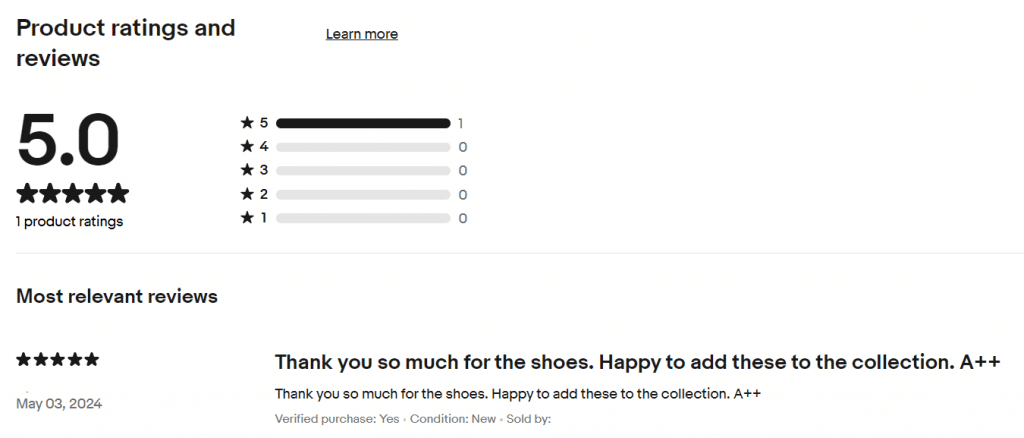5 Ways to Avoid Seller Fraud on eBay
eBay stands as one of the world's leading online marketplaces. But although the platform is legit, buyers are not completely safe from seller fraud and other scams.
In this article, we'll discuss how you as a buyer can be protected from eBay scams by getting to know the seller more. Understanding how to find trustworthy sellers on eBay is key to making informed purchasing decisions and avoiding potential pitfalls.
#1: Examine eBay Seller Ratings
The first thing you can examine when trying to determine if the seller is legit is by looking at the seller's rating. eBay employs a comprehensive seller rating system to provide buyers with insights into the credibility of sellers. This system is built on factors such as positive feedback, shipping times, communication, and overall customer satisfaction. Seller ratings are represented by a numerical score and accompanying positive feedback percentage.
High seller ratings are more than just a badge of honor – they're indicators of trustworthiness and professionalism. Sellers with excellent ratings are more likely to provide reliable service, transparent communication, and accurate product descriptions, resulting in a smoother shopping experience.
#2: Utilize Advanced Search Filters
eBay offers advanced search filters that allow you to narrow down your options. These filters can be accessed directly from the search bar, enabling you to customize your searches and discover products that meet your specific criteria.
When using advanced search filters, you gain the ability to customize your search by seller location, feedback score, and even specific item details. This functionality enhances your control over search results, helping you find legit eBay sellers.
#3: Examine the Seller's Profile
To navigate to a seller's profile, simply click on the seller's username, and you'll be directed to their dedicated profile page. There, you'll see a comprehensive overview of their selling history and practices.
Seller profiles provide a wealth of information, including feedback received from buyers, overall ratings, and a history of past listings. By analyzing this information, you can gain valuable insights into a seller's track record and determine whether they're a suitable match for your needs.
#4: Read Buyer Feedback and Reviews
Reviews left by previous buyers are good indicators of a seller's performance. Beyond numerical ratings, the comments left by buyers offer specific insights into seller behavior. Pay attention to patterns of positive and negative feedback to gauge the seller's reliability.

#5: Trust Your Instincts and Look for Red Flags
Look for warning signs that will tell you whether the seller is legit. These may include excessively low prices, incomplete product descriptions, and inconsistent communication. Recognizing these red flags can help you avoid transactions that might not meet your expectations.
While data and feedback provide valuable insights, your intuition shouldn't be underestimated. If something feels off about a seller or listing, it's worth taking a step back and conducting further research. Trust your instincts to guide you away from potential pitfalls.
Conclusion
As you shop on eBay, remember to apply the strategies discussed in this article. By combining informed decision-making with intuition, you can create a shopping experience that is secure, satisfying, and aligned with your preferences.



